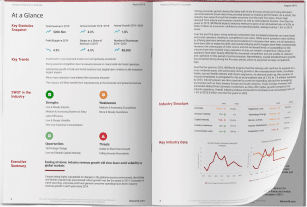2023 Version
63.3 to 63.1
the rate of women with post secondary education to the rate of men.
While gender inequality has improved overall, wage equality continues to be elusive, evidencing a significant gap (28.1%).
Physical assault rates for women now exceed assault rates for men for the first time in the decade.
Overview
Gender inequality has a significant impact on social mobility and financial security for women.
Women experience discrimination within institutional structures, and in systems of employment and wage negotiations, making it harder for them to achieve economic independence.
Per Capita examined gender inequality between 2010 and 2021, focusing on employment, earnings, savings, safety and political representation.
Interpreting the Index charts and values
Consistent with other measures of inequality we present inequality as a value between 0 and 100, with 0 denoting perfect equality. At any value in excess of 0 there is inequality between the considered measures; the higher the value, the greater the level of inequality.
Because all values are in ratio terms the value may be interpreted as the distance from equality; for example, if wealth inequality is rated 70, this would indicate that the wealth of the highest income group would need to decrease by 70% for equality to be achieved. All index values are in the same percentage scale.
While there have been improvements in gender inequality over recent years, this is largely attributable to improved rates of labour market participation and educational outcomes, and a lift in women’s political representation. An improvement in the crime victimisation rate among men since 2010 has reduced gender inequality on this measure, but this is because the rate of physical assault of women now exceeds that of men.
Disclaimer – The analysis employs economic and econometric techniques to provide estimates of plausible terms to equality, based on the interval trend, they are not estimates of the predicted term to equality, which will be consequential to policy and regulatory settings, amongst other critical factors. The extant models provide an indication of the term to equality should extant 10 year trends continue.
How does the Index work?
This report, and the Index it explains, seek to address this gap in public information by providing a comprehensive and multidimensional measure of inequality that can inform policymaking and advocacy. By measuring shifts in measures of inequality the index and sub-indices afford a more comprehensive and nuanced representation of the root causes and impact of inequality in Australia.

